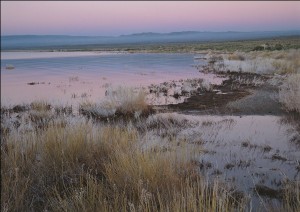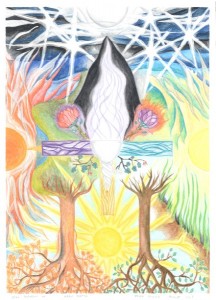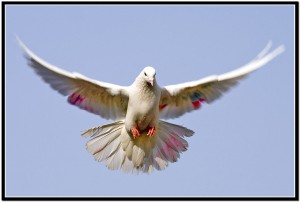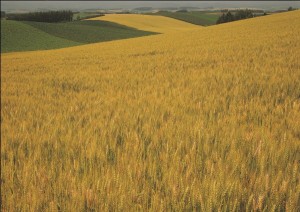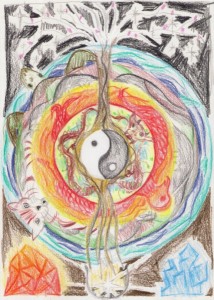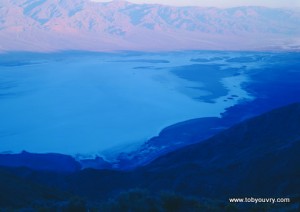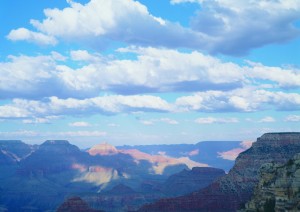Different people come to meditation for different reasons. In recent times meditation has come into public awareness as a method for dealing with many stresses and strains that contemporary life places us under.
Traditionally meditation has been used as a method for communing with the divine and seeking enlightenment.
A third use of meditation has been as a method for building the power of our mind and thereby helping us to fulfill our potential in whatever our chosen field of excellence is. For example athletes use meditation as a way to enhance their performance, and people studying for exams can use meditation as a method of enhancing their mental clarity and thereby their ability to retain the information they need to remember.
This article will look at the purposes and benefits of meditation under three headings:
1) Meditation as therapy
2) Meditation as an art
3) Meditation as a spiritual path.
What is meditation?
Before we get into the three purposes of meditation, here are two definitions of meditation that people may find helpful:
Meditation is any method or technique that trains our awareness and attention to focus upon a positive object. This definition can be applied to meditation both as a formal, focused exercise, but also as a general practice whilst going about our daily life. A “positive object” here means any object that when we focus upon it with our awareness causes our mind to become cal and peaceful.
– Meditation is a mental practice that causes our mind and body to tend toward union or singularity. Normally in our daily life our mind tends toward distraction, movement and diversity. Meditation is any exercise that helps us to consciously reduce the amount of distractions and mental busyness in our head, and helps us to become lucid, focused, clear minded and unified.
I could obviously talk quite a lot more about these definitions, but I wanted to include them in this article so that we can now talk about the three purposes of meditation in a less abstract manner below.
1) Meditation as Therapy – When we talk about meditation as a therapy, we are talking about the capacity of meditation to fix and/or help to heal the parts of our mind that are “broken” or otherwise dysfunctional. Meditation helps to ease chronic anxiety, unrelenting mental busyness, obsessive focusing on the negative and other afflictions that directly and indirectly sabotage the fundamental happy and easy daily functioning of our body and mind. In this sense meditation can be seen as a therapeutic activity.
2) Meditation as an Art – Once we have achieved a basic level of healing and functionality in our mind through meditation we can then start to use it as a creative method for developing our inner freedom and autonomy. Living a life of inner freedom means developing the following inner qualities through our meditation practice; awareness, spontaneity, and intimacy.
Awareness, to quote the psychologist Eric Berne is the “The capacity to see a coffeepot and hear the birds sing in one’s own way, and not the way one was taught”. This means developing the art of seeing our present moment experience directly without past memories getting in the way and interfering.
Spontaneity means to be able to respond to life’s experiences in a way that is creative and intelligently improvisatory, rather than mechanical and without feeling.
Intimacy means to feel life deeply and authentically without looking to continually place barriers and defense mechanisms between yourself and what is going on in front of you. To practice intimacy means to not be afraid of one’s own vulnerability and sensitivity, and learning when to expose it in appropriate, healthy places.
The meditative practices of awareness, spontaneity and intimacy are all art-forms that greatly increase the amount of freedom, joy, love and creativity that we have in our life.
3) Meditation as a Spiritual Path – Meditation as a spiritual path is the traditional use of meditation but it does not have to be experienced in an overtly religious context. What we mean here by a “spiritual path” is that the process of meditation helps us to answer two very important questions in our life, namely:
- Who am I?
- What is of ultimate concern or importance in my life?
With meditation as a spiritual path we are daily using our meditation practice to come back to what is most important to us, and getting in touch with out deepest sense of self, the person that we feel we truly are.
In conclusion
These three purposes of meditation are useful meditation objects in themselves. Careful contemplation of them will reveal directly useful and practical purposes of our own meditation practice in our daily life. The good news is that if we practice meditation in a skillful and balanced way, then we can practice all three purposes at once. We can reduce our stress and heal our inner wounds, we can develop our inner freedom and creativity, and we can remain in touch with that which is most important and fundamental to us in our life.
PS: You can see a previous article that I wrote on these three purposes of meditation HERE.
© Toby Ouvry 2011, you are welcome to use or share this article, but please cite Toby as the source and include reference to his website www.tobyouvry.com

